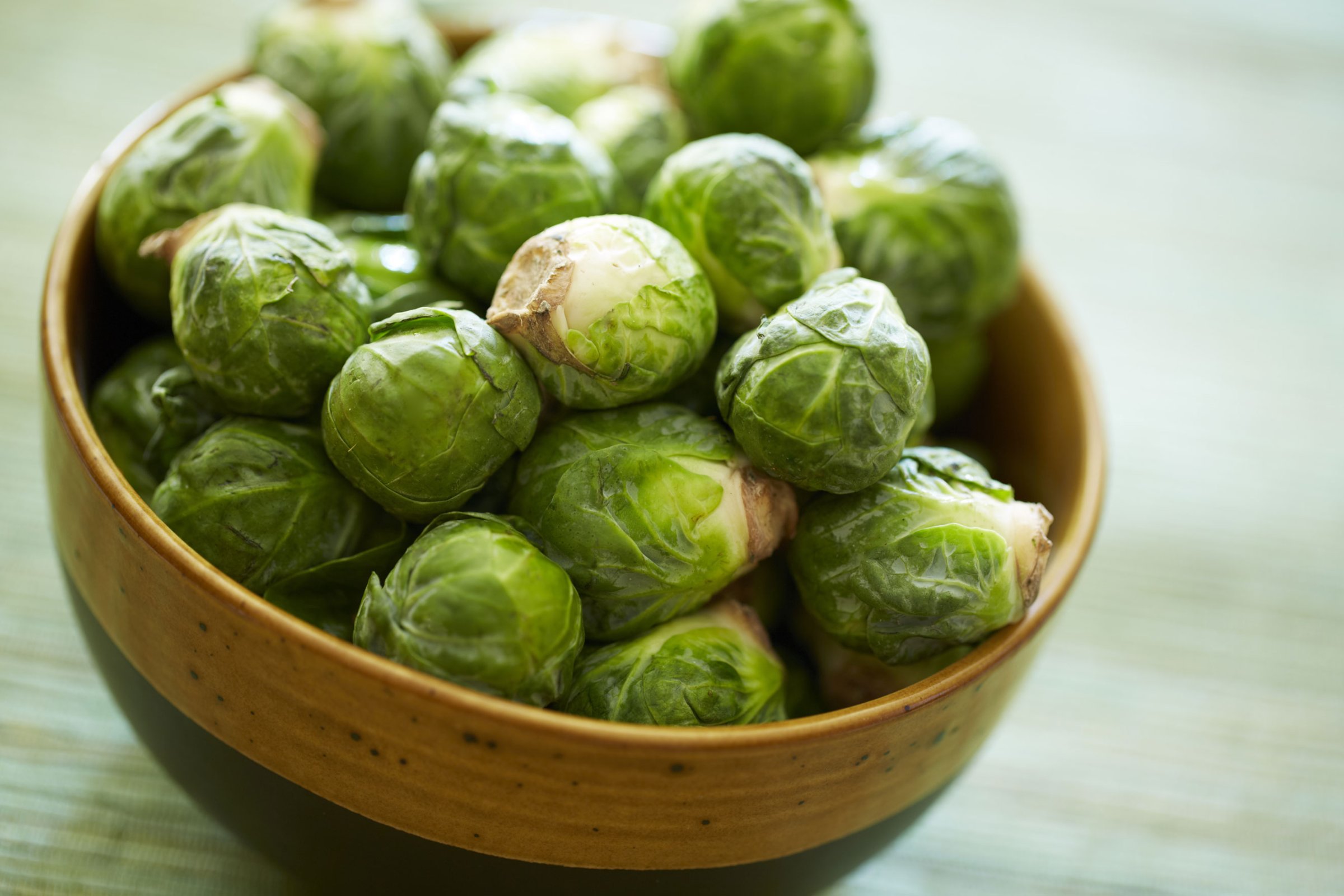
Never know what’s growing now? Let’s take it one season at a time, with the Foods That Taste Better Now Than They Will All Year.
It’s bleak, it’s cold, it’s polar vortexy. But there’s still delicious food popping out of the ground—and some of it tastes even better now than it will in the hot summer sunshine, when fruits get all the glory. Vegetables can taste their sweetest in the winter. That’s because when the temperatures drop, these hardy plants break down their stores of energy into sugar, then safeguard that sweetness in their cells to protect it from the cold, says Joan Casanova, spokesperson for Bonnie Plants. For these plants, frost equals tastiness, so embrace your early-year bounty.
Kale: The cold-weather king, bitter kale is made mellower by the bitter cold. It can thrive in temperatures as low as 10 degrees Fahrenheit, Casanova says.
Brussels sprouts: If you still think you hate Brussels sprouts, try them now. They’re sweeter than summer sprouts, she says. (Failing that, of course, try frying them with bacon.)
Kohlrabi: “Cabbage turnip” in German, this knotty, weird-looking root vegetable is a survivor. “Kohlrabi does not like hot summer temperatures at all, but thrives in cool weather,” Casanova says. “Transplants can be put out six weeks before frost with an expected harvest in only a few short weeks.”
Mustard greens: The peppery plant kicks its way through the winter, and always tastes sweeter when it’s nipped by frost.
Parsnips: Yes, even foods that aren’t green can withstand the cold. The pale parsnip, which looks like a yellow-white carrot, is best harvested after a hard frost, Casanova says.
Collards: “They grow best in full sun, tolerate partial shade, are rich in vitamins and sweetened by frost,” she says.
Cabbage: It may look like a delicate flower, but some types of cabbage can survive temperatures as low as 26 degrees, Casanova says, making it ideal for a winter harvest.
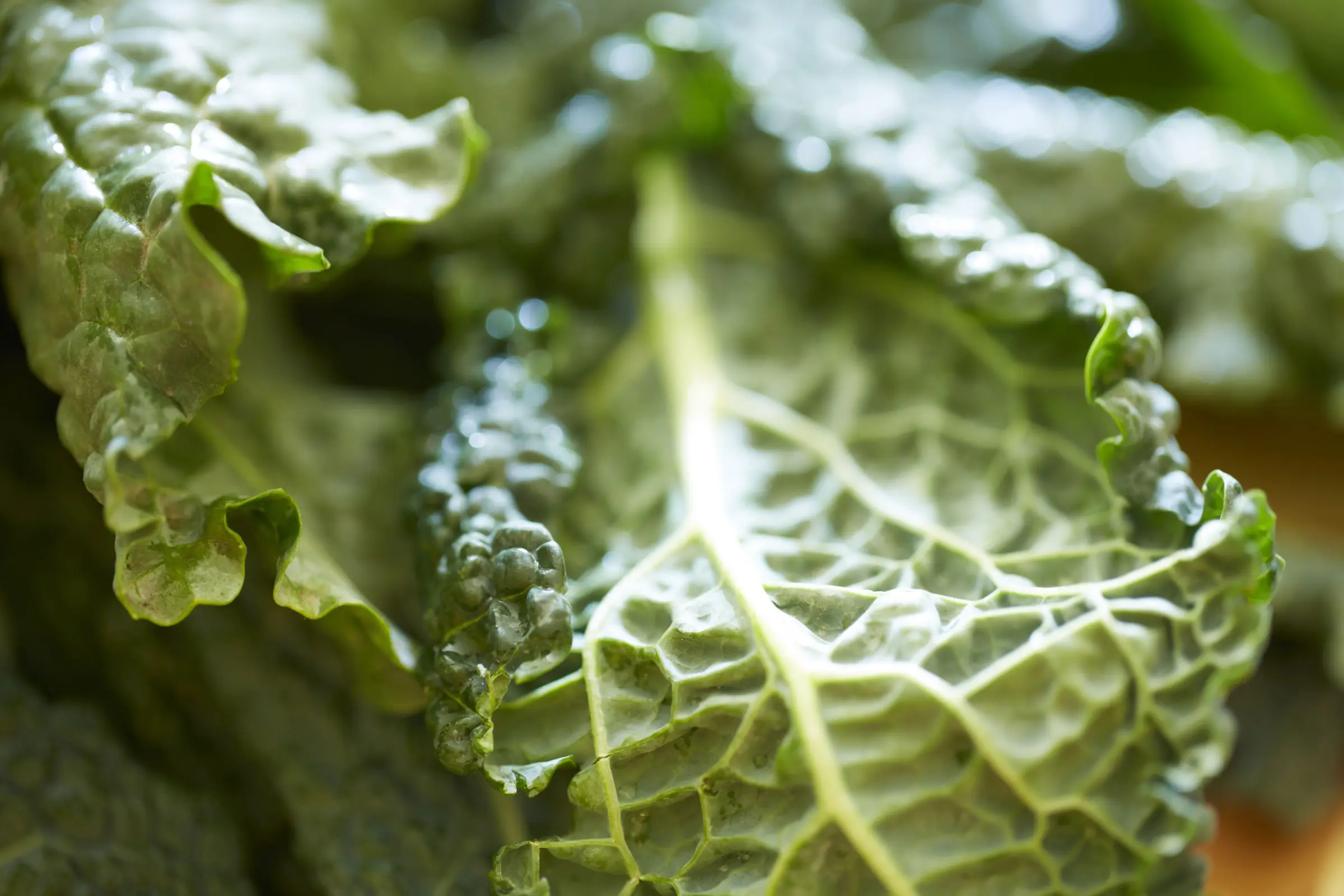
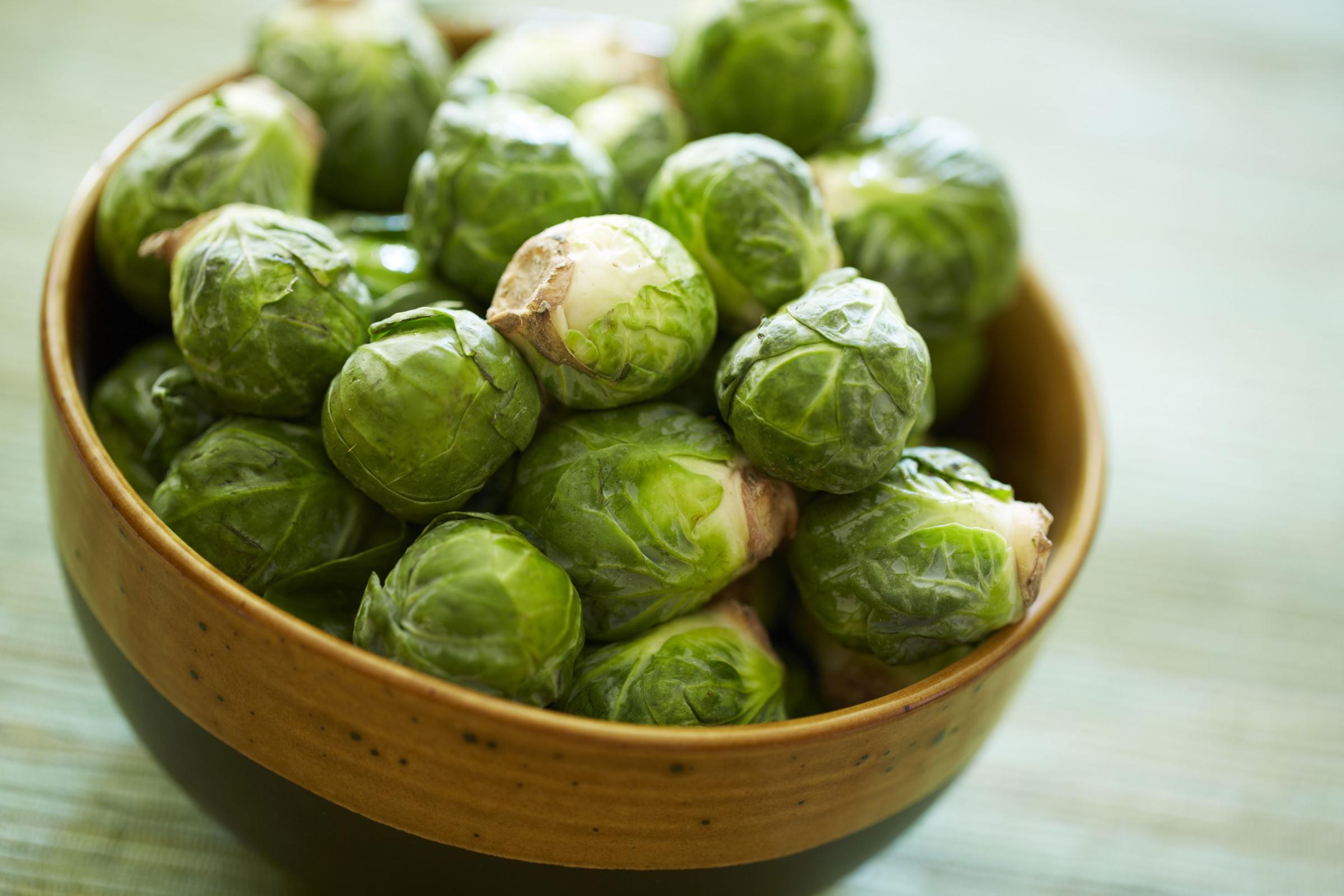
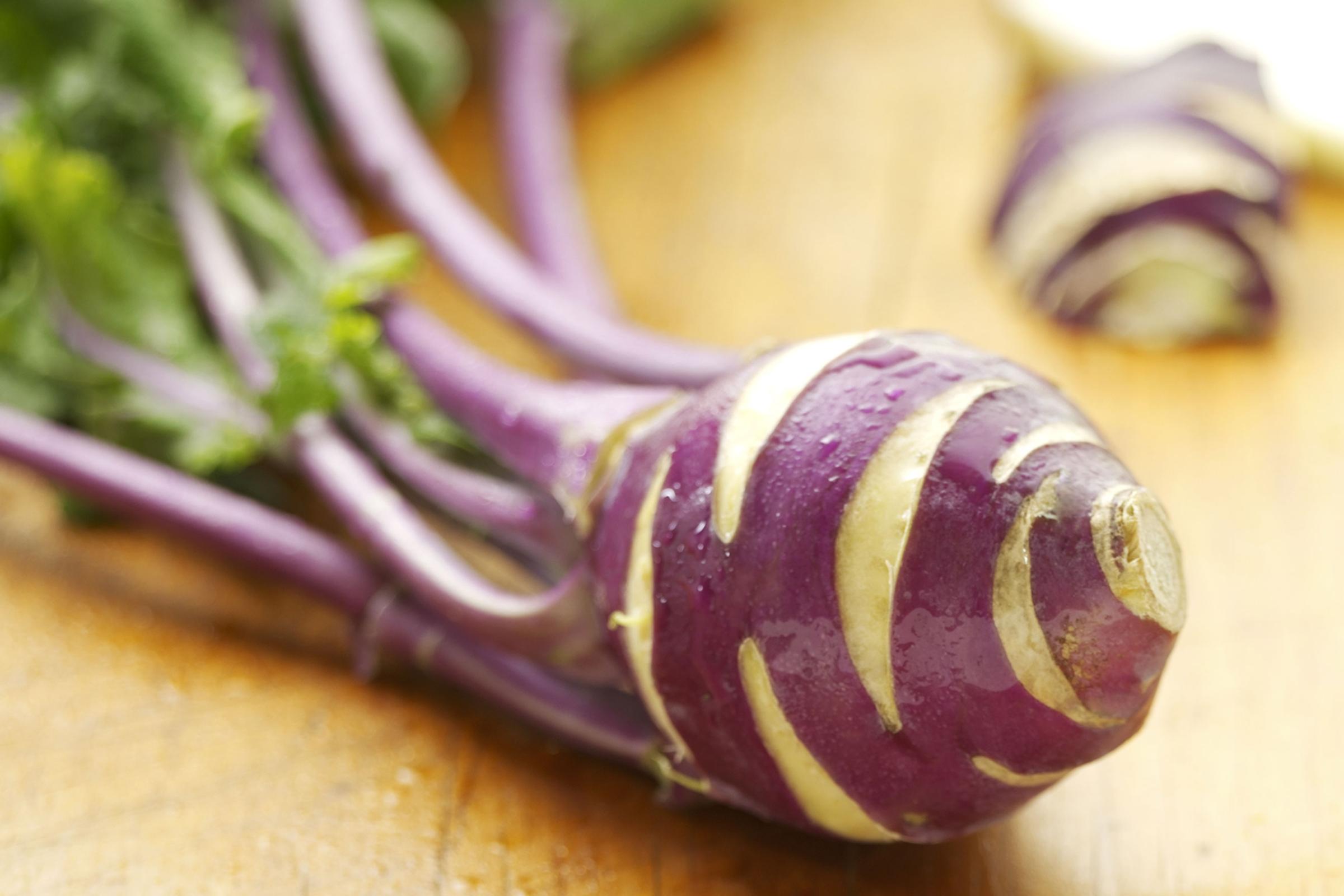
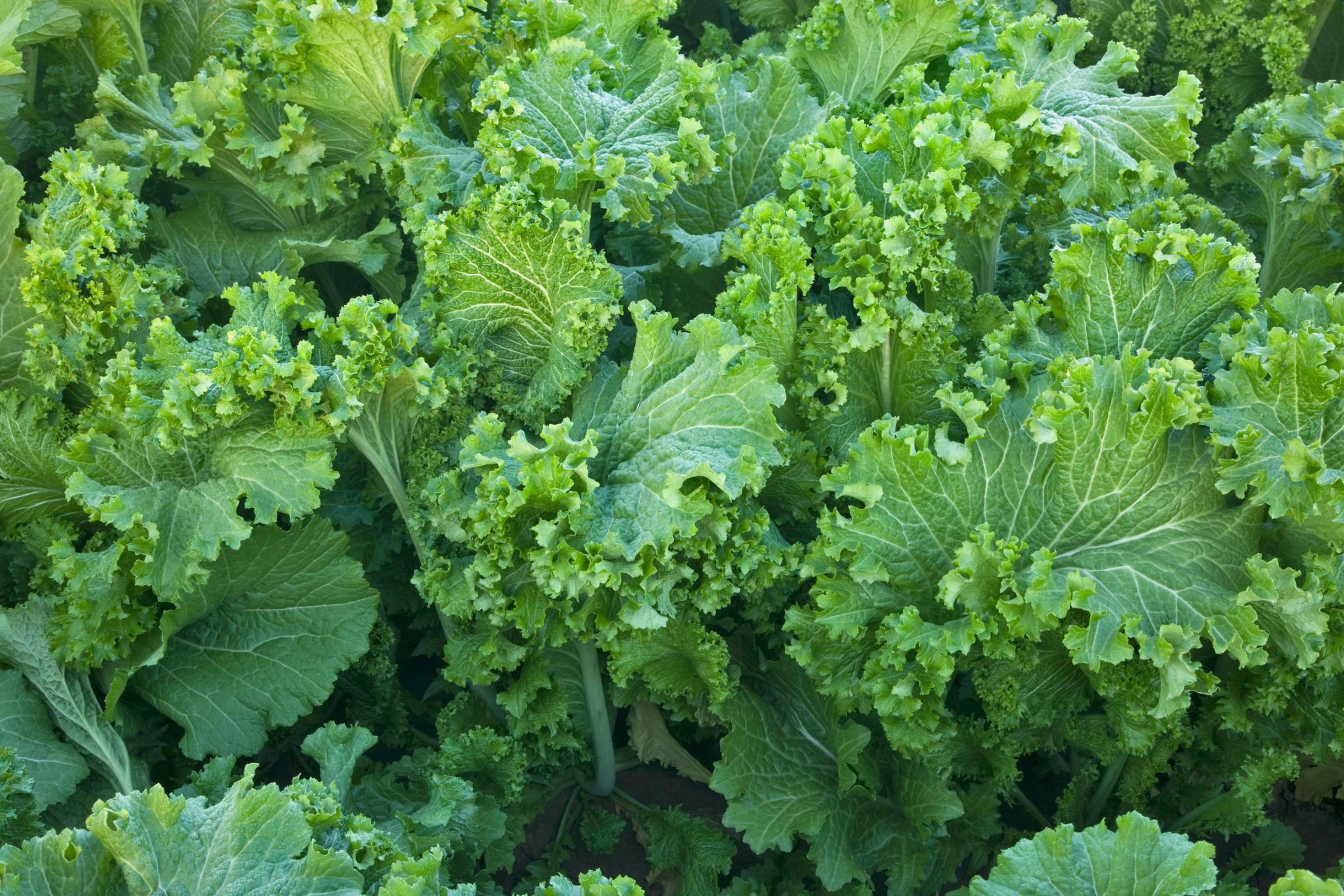



More Must-Reads From TIME
- The 100 Most Influential People of 2024
- Coco Gauff Is Playing for Herself Now
- Scenes From Pro-Palestinian Encampments Across U.S. Universities
- 6 Compliments That Land Every Time
- If You're Dating Right Now , You're Brave: Column
- The AI That Could Heal a Divided Internet
- Fallout Is a Brilliant Model for the Future of Video Game Adaptations
- Want Weekly Recs on What to Watch, Read, and More? Sign Up for Worth Your Time
Write to Mandy Oaklander at mandy.oaklander@time.com